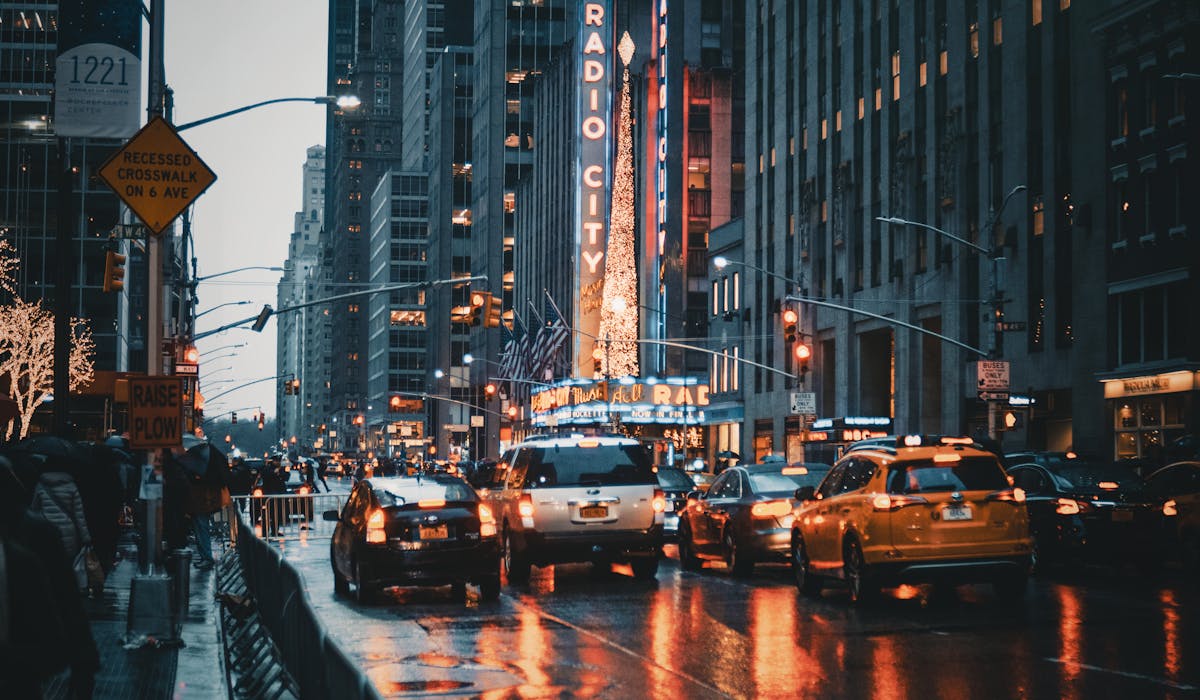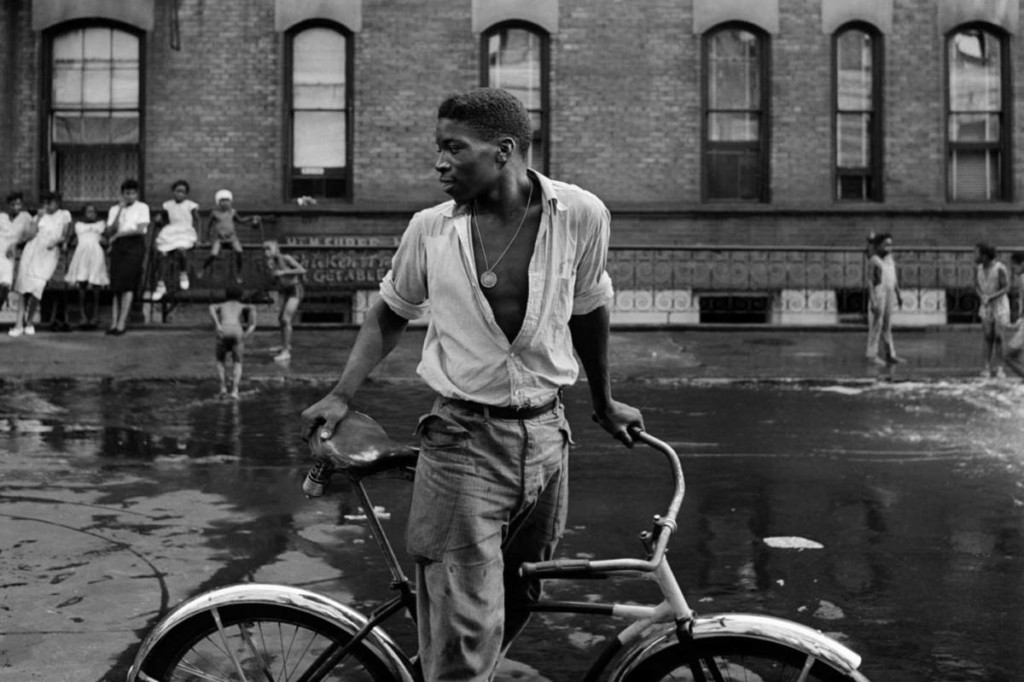Rumored Buzz on Framing Streets
Rumored Buzz on Framing Streets
Blog Article
Framing Streets Fundamentals Explained
Table of ContentsThe 7-Minute Rule for Framing StreetsFraming Streets Fundamentals ExplainedThings about Framing StreetsNot known Facts About Framing StreetsTop Guidelines Of Framing StreetsFraming Streets for Dummies
, normally with the aim of catching images at a crucial or touching minute by mindful framing and timing. https://moz.com/community/q/user/framingstreets1.
Some Of Framing Streets
Susan Sontag, 1977 Street digital photography can focus on people and their actions in public. In this respect, the street photographer resembles social docudrama digital photographers or photographers who additionally operate in public locations, however with the purpose of catching newsworthy events. Any of these professional photographers' photos might record individuals and building noticeable within or from public locations, which frequently entails browsing moral concerns and regulations of personal privacy, protection, and property.
Depictions of day-to-day public life form a genre in almost every period of globe art, beginning in the pre-historic, Sumerian, Egyptian and very early Buddhist art periods. Art dealing with the life of the road, whether within sights of cityscapes, or as the dominant theme, shows up in the West in the canon of the North Renaissance, Baroque, Rococo, of Romanticism, Realism, Impressionism and Post-Impressionism.
Getting My Framing Streets To Work
Louis Daguerre: "Blvd du Holy place" (1838 or 1839) In 1838 or 1839 the initial photo of numbers in the street was recorded by Louis-Jacques-Mand Daguerre in among a set of daguerreotype views extracted from his studio window of the Boulevard du Holy place in Paris. The second, made at the height of the day, reveals an uninhabited stretch of road, while the other was taken at concerning 8:00 am, and as Beaumont Newhall reports, "The Blvd, so regularly loaded with a moving crowd of pedestrians and carriages was completely singular, other than a person that was having his boots combed.
His boots and legs were well specified, yet he is without body or head, due to the fact that these were in activity." Charles Ngre, waterseller Charles Ngre. https://www.provenexpert.com/framing-streets/ was the initial digital photographer to obtain the technological elegance required to register people in motion on the road in Paris in 1851. Professional Photographer John Thomson, a Scotsman collaborating with reporter and social protestor Adolphe Smith, released Road Life in London in twelve month-to-month installments starting in February 1877
The 30-Second Trick For Framing Streets
Eugene Atget is considered a progenitor, not since he was the initial of his kind, but as an outcome of the popularisation in the late 1920s of his document of Parisian roads by Berenice Abbott, that was influenced to embark on a comparable paperwork of New York City. [] As the city developed, Atget aided to advertise Parisian streets as a deserving subject for digital photography.

The Framing Streets Statements
Martin is the try these out first videotaped digital photographer to do so in London with a masked video camera. Mass-Observation was a social research study organisation founded in 1937 which aimed to tape-record daily life in Britain and to tape-record the responses of the 'man-in-the-street' to King Edward VIII's abdication in 1936 to wed separation Wallis Simpson, and the succession of George VI. In between 1946 and 1957 Le Groupe des XV annually exhibited work of this kind. Andre Kertesz. Circus, Budapest, 19 May 1920 Road digital photography created the major material of two events at the Gallery of Modern Art (Mo, MA) in New york city curated by Edward Steichen, Five French Photographers: Brassai; Cartier-Bresson, Doisneau, Ronis, Izis in 1951 to 1952, and Post-war European Photography in 1953, which exported the concept of road digital photography globally.

How Framing Streets can Save You Time, Stress, and Money.
, after that an instructor of young kids, connected with Evans in 193839.'s 1958 publication,, was significant; raw and often out of focus, Frank's images examined traditional digital photography of the time, "challenged all the formal guidelines laid down by Henri Cartier-Bresson and Walker Evans" and "flew in the face of the wholesome pictorialism and heartfelt photojournalism of American publications like LIFE and Time".
Report this page